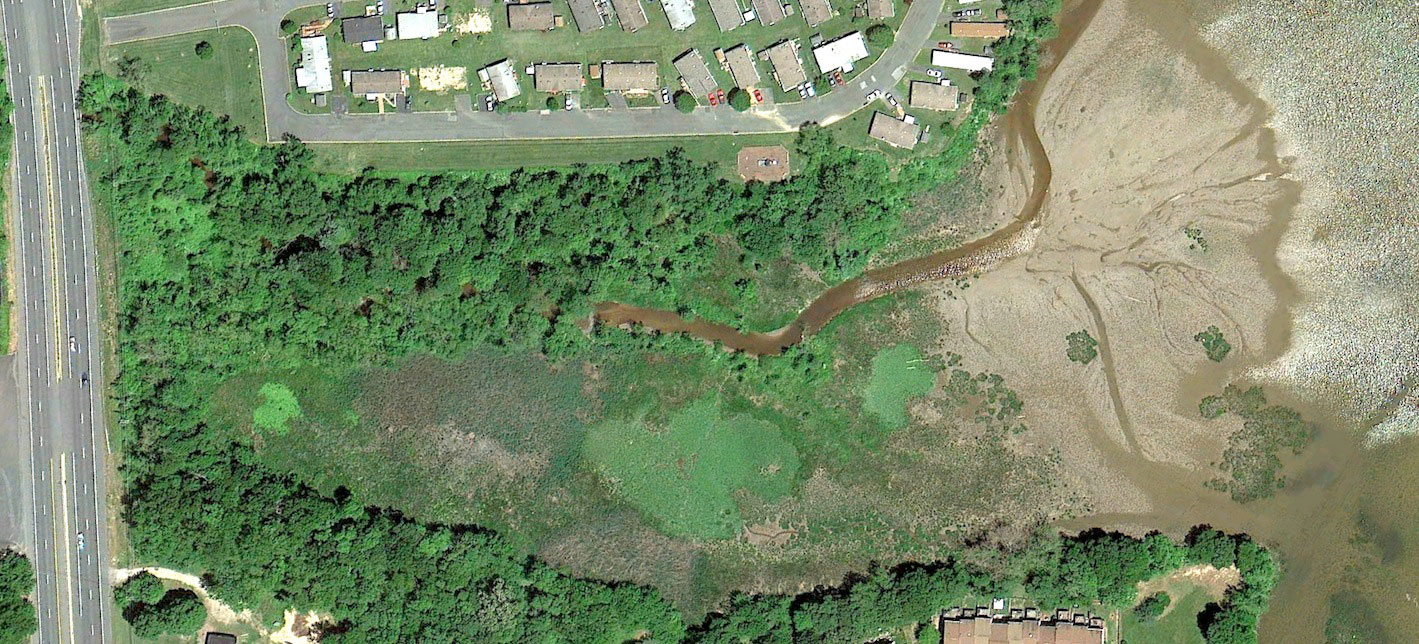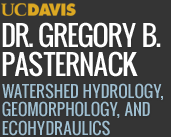Canvas Discussions
Description
Each week you will read 1-2 scientific articles/reports, due on the Wednesday when they come up for discussion.
Because weekly discussions span lessons from tutorials and articles, there will not be time to thoroughly discuss all interesting aspects from the aricles.
To provide more robust discussion in class and beyond, you will use the Canvas Discussions module.
After completing the reading, you will create a "reply" to that week's discussion in which you post one interesting, meaningful question about the readings. Questions can be posted any time during the eeek prior to the duscission on Wednesday, but will be due on the Tuesday before discussion. That means people need to post replies on Tuesdays or on Wednesdays monrings.
You will then read the threads written by other students and add a comment to at lrast two question replies. Your comments should also be interesting and meaningful.
AI is not permitted for use with these assignments.
Grading
Your contributions to discussion will be graded out of 9 points as follows:
(1) Submission of a question = 2 points
(2) Quality of the question submittted = 1 point (judged by professor)
(3) Submission of a thread reponse = 2 points per response (up to 2 responses)
(4) Quality of a thread response = 1 point per response (up to 2 responses) (judged by professor)


